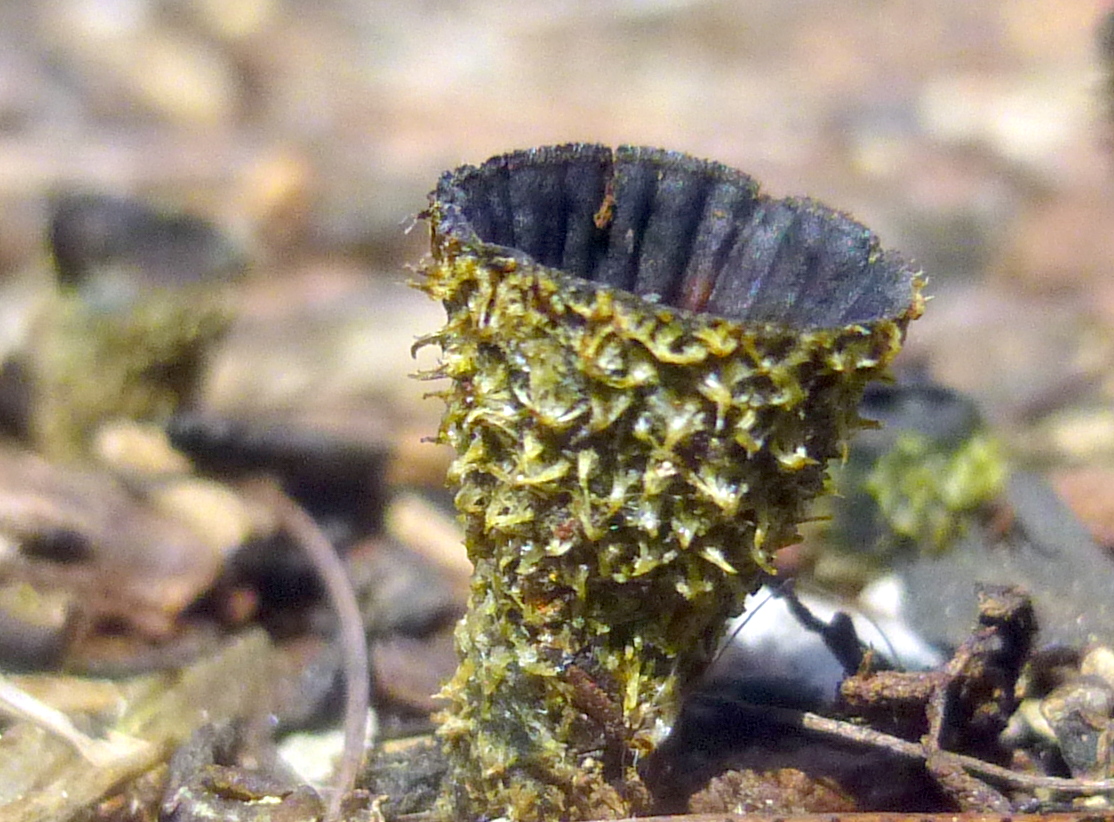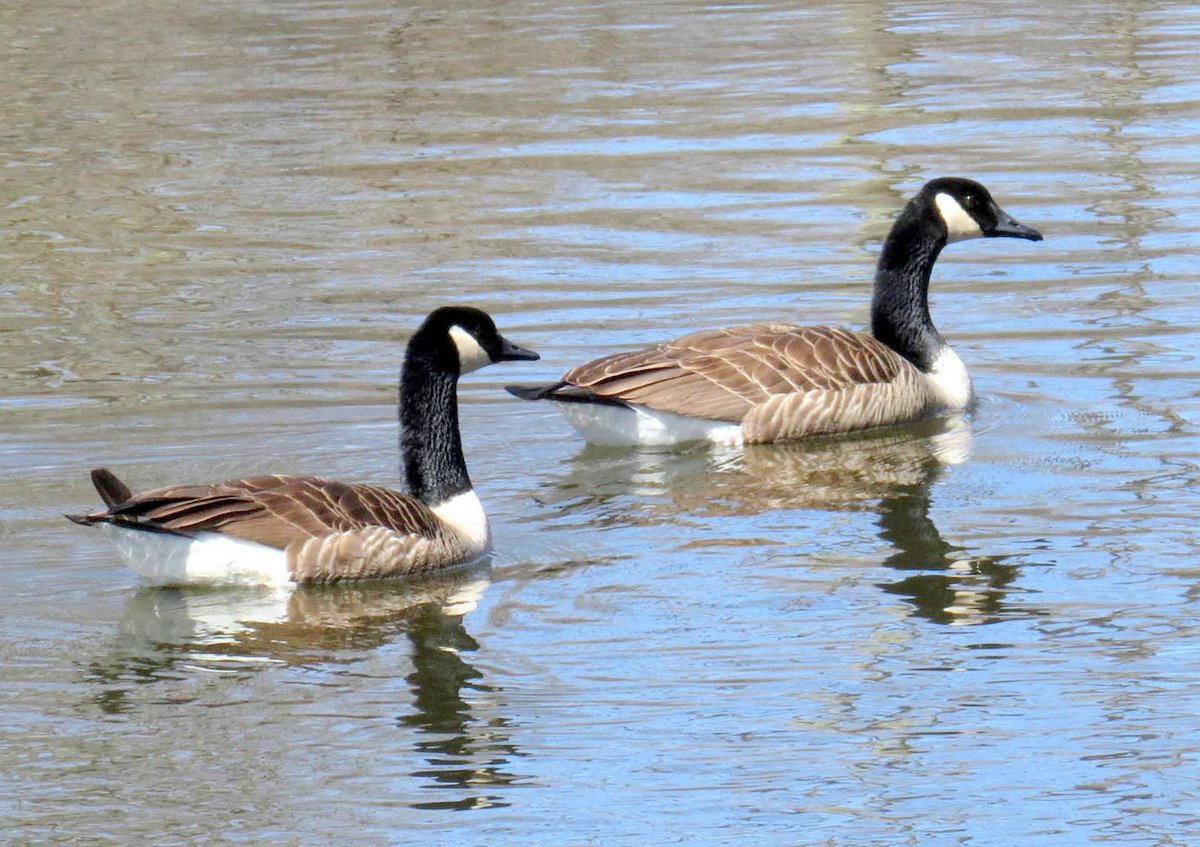
We’ve had so much rain that now, for the first time since I started this blog, I’m able to do a third summer mushroom post. Usually I might be able to do two in summer and one in the fall, so rain does indeed encourage fungal growth. The coral mushrooms have come along now, as this white coral shows. I think it is one called the crested coral fungus (Clavulina cristata.) Many coral fungi seem to appear more towards the end of summer, I’ve noticed.

Crown coral fungi are common and often get quite big. They also often grow in large groups. I think this pale orangey one might be crown tipped coral (Clavicorona pyxidata.) I’ve seen these get as big as grapefruits, with several of them growing in a large circle.

Yellow spindle or finger coral fungi (Ramariopsis laeticolor) can also grow in large groups. The taller ones might reach an inch and a half high and their diameter is often close to a piece of cooked spaghetti, but I’ve seen a few with larger diameters.

Dyer’s Polypore (Phaeolus schweinitzii) is also called the velvet topped fungus because of its hairy appearance. These fungi are parasitic on the roots and heartwood of living white pines in the eastern U.S. and cause root rot. This fungus changes color as it ages and becomes a beautiful deep maroon / reddish color. If found when young like this one it can be used to dye wool a soft yellow or orange and older example will dye wool brown, and that’s where its common name comes from.

This is a dyer’s polypore in midlife. It looks a bit like a raspberry filled pastry to me at this stage. Or maybe I’m just hungry.

And this is what an older dyer’s polypore looks like. As you can see the color difference between young and old examples is dramatic. Some of these mushrooms can get quite large but this one was only about 4 inches across. It was also wet from rain; it’s usually fuzzy like velvet. Though they sometimes look as if they’re growing on the ground, they’re really growing on conifer roots or buried logs. This sequence of photos probably covers about two weeks in the life of this mushroom. Eventually they just disappear, but woe will befall the pine tree they grow on.

Turkey tail fungi (Trametes versicolor) are one of the most colorful fungi in the forest. They are also one of the easiest to find, because they grow in nearly every state in the country and throughout Europe, Asia. and Russia. I especially like turkey tails because they can be found all year long. And they grow exclusively on wood; though it looks like they were growing in grass here there was a buried root that we can’t see. Next time you walk in the forest if you pay attention to any stumps and logs you might see, you’re liable to find some turkey tails on them.

This large clump of turkey tails showed off their beautiful color range perfectly, I thought. Finding something like this in the middle of winter is like finding flowers in a desert.

Violet toothed polypore (Trichaptum biformis) looks a little like the turkey tail fungus and I’m fairly certain that I have misidentified it as such here on this blog. Once you get to know the two though, it’s obvious that the purple edges on these are not found on turkey tails.

When young the undersides of violet toothed polypores are a beautiful lilac purple color but then it fades to brown, as is seen here. It’s easy to see where the “toothed” part of the common name comes from. The teeth on toothed fungi are usually simply folds of tissue that hang like teeth. With mushrooms it’s all about increasing the spore bearing surface, be it by gill, pore or folded tissue because more spores mean a better likelihood of the continuation of the species. This fungus and others like it are decomposers of wood. They are part of the reason the floors of our forests aren’t buried under fallen branches and logs, so we should be happy to have them with us.

I like to look at dead mushrooms because I often find that some are as beautiful in death as they were in life. I loved the colors and wave like contours I saw in this one. It had a lot of movement and I’d love to paint it, if I was still painting.

The shingled hedgehog (Sarcodon imbricatus.) How’s that for a name? It’s easy to see where the shingled part comes from but I’m not sure about the hedgehog part. The cap is brownish, with darker scales. It is also a toothed fungus, with grayish teeth rather than pores or gills on the spore bearing underside of the cap. It is said to like growing near spruce but I found it near hemlocks.

Here is an older example of the shingled hedgehog. Their caps curl as they age. Other names are scaly hedgehog, hawk’s wing and scaly urchin. I’ve read that no other mushroom looks quite like it and I can believe that.

I found the old man of the woods (Strobilomyces strobilaceus) growing between the fork of a fallen branch. This shaggy looking mushroom is a bolete, with pores instead of gills. The soft, dark gray or black overlapping scales on the cap give it a kind of hairy look, and that’s where the common name comes from. The stem is also quite hairy. I always see this mushroom growing alone, never in groups. They grow on the ground and I’ve read that they like to grow near oaks, though I’ve never paid close enough attention to notice. I think this is the first time I’ve shown it here.

There are various species of bird’s nest fungi but the only ones I ever find are the fluted bird’s nest fungi (Cyathus striatus.) They like to grow on wood and I found many hundreds of them growing in wood chips recently. I’ve also seen them in mulch and on old stumps. They’re beautiful and unusual little things, hairy brown on the outside and kind of silvery gray on the inside.

Bird’s nest fungi also very small; a pea wouldn’t fit in any of these examples. They’re called bird’s nests because of the “eggs” you find inside. The “bird’s nest” is actually a splash cup called a peridium and when a drop of rain falls into it with enough force the “eggs” are splashed out. These eggs are really disc shaped spore cases called peridioles. Once ejected from the splash cup the peridioles degrade over time to release the spores.

Black chanterelles (Craterellus cornucopioides) are also called deep purple horn of plenty or purple trumpet mushrooms and don’t seem common, but there are certain spots where hundreds of them grow. They are considered a great delicacy by mushroom hunters and I was told that they can sell for $50.00 per pound to restaurants. Because of their color mushroom hunters complain that they’re very hard to see but for a change I think colorblindness serves me well, because I can see them without any difficulty. I’ve read that colorblind people can “see through” camouflage. Maybe it’s true.

The spore bearing surface of this mushroom is a very beautiful color but it isn’t easy to see while they’re standing.

This shot shows the color range you can expect to see on black chanterelles. It also shows why some might find them hard to find. They do blend into the leaf litter quite well.

A friend at work told me about some mushrooms growing near a tree and when I went to look, I was stunned! I’ve seen Jack O’ lantern mushrooms (Omphalotus olearius) before but never this many. They were growing on this tree, which was an old maple, and its roots. They were big and beautiful. Pumpkin orange and some as big as my hand.

I’ve read that people mistake Jack O’ lanterns for chanterelles but to me the two look very different. For one thing chanterelles grow on the ground, never on wood, and they usually grow singly or two or three, not in huge colonies like these. Also, Jack O’ lantern gills are very thin and straight, and don’t fork. If you happen to forage for mushrooms this would be a good one to get to know well, because though it won’t kill you, I’ve read that it can make you very sick for a couple of days. In North America, there are over 40 species of chanterelle and chanterelle-like mushrooms.

The Jack O’ lanterns grew completely around the tree and also grew from its roots. There must have been many hundreds, and it was an amazing sight. An interesting fact about Jack O’ lanterns is how their gills are bioluminescent and glow an eerie green color in the dark. Anyone walking here at night would have been in for a big surprise. I’ve read that when the mycelium threads through the wood they grow on it is sometimes also bioluminescent, and in the Middle Ages people were very suspicious and frightened of the logs they saw glowing at night. They called the eerie light foxfire.

I scratched around in the leaves near where some Jack O lanterns were growing on the tree’s roots and found white mycelium but I haven’t been able to confirm that it is actually from the Jack O’ lanterns because the internet and my books are staying very quiet about what color Jack O’ lantern mycelium is.
The world is full of magic things, patiently waiting for our senses to grow sharper. ~W. B. Yeats
Thanks for stopping in.















